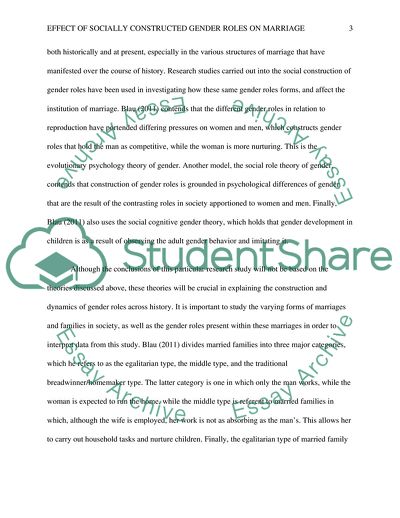Cite this document
(Effect of Socially Constructed Gender Roles on Marriage Research Proposal Example | Topics and Well Written Essays - 2000 words, n.d.)
Effect of Socially Constructed Gender Roles on Marriage Research Proposal Example | Topics and Well Written Essays - 2000 words. https://studentshare.org/sociology/1826547-how-socially-constructed-gender-roles-such-as-motherhood-and-fatherhood-affect-the-institution-of-marriage
Effect of Socially Constructed Gender Roles on Marriage Research Proposal Example | Topics and Well Written Essays - 2000 words. https://studentshare.org/sociology/1826547-how-socially-constructed-gender-roles-such-as-motherhood-and-fatherhood-affect-the-institution-of-marriage
(Effect of Socially Constructed Gender Roles on Marriage Research Proposal Example | Topics and Well Written Essays - 2000 Words)
Effect of Socially Constructed Gender Roles on Marriage Research Proposal Example | Topics and Well Written Essays - 2000 Words. https://studentshare.org/sociology/1826547-how-socially-constructed-gender-roles-such-as-motherhood-and-fatherhood-affect-the-institution-of-marriage.
Effect of Socially Constructed Gender Roles on Marriage Research Proposal Example | Topics and Well Written Essays - 2000 Words. https://studentshare.org/sociology/1826547-how-socially-constructed-gender-roles-such-as-motherhood-and-fatherhood-affect-the-institution-of-marriage.
“Effect of Socially Constructed Gender Roles on Marriage Research Proposal Example | Topics and Well Written Essays - 2000 Words”. https://studentshare.org/sociology/1826547-how-socially-constructed-gender-roles-such-as-motherhood-and-fatherhood-affect-the-institution-of-marriage.


